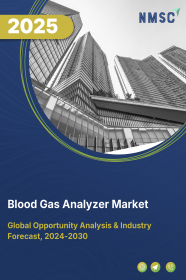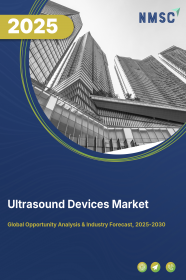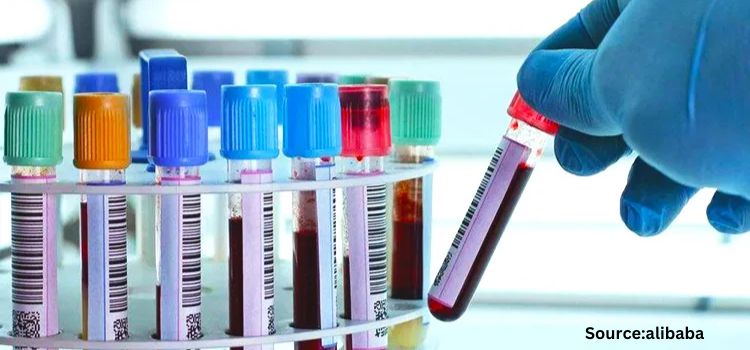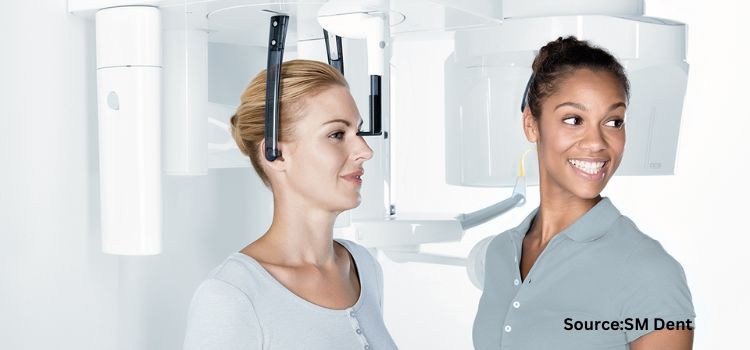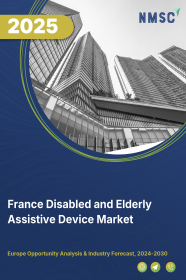
France Disabled and Elderly Assistive Device Market by Type (Mobility Impairments, Hearing Impairments, Visual Impairments, Cognitive Impairments, and Self-Care), and by End User (Hospitals, Elderly Nursing Homes, Home Care, and Other End User) –Opportunity Analysis and Industry Forecast, 2024 – 2030
Industry: Healthcare | Publish Date: 17-Feb-2025 | No of Pages: 119 | No. of Tables: 87 | No. of Figures: 54 | Format: PDF | Report Code : HC1072
France Disabled & Elderly Assistive Device Market Overview
The France Disabled & Elderly Assistive Device Market size was valued at USD 1.18 billion in 2023, and is predicted to reach USD 2.33 billion by 2030, at a CAGR of 9.2% from 2024 to 2030.
The disabled & elderly assistive device market refers to a wide range of products and services designed to support the aging population and individuals with disabilities in maintaining their autonomy and improving their quality of life. This market covers medical furniture, hearing aids, mobility aids and living aids, that are crucial for managing chronic conditions and ensuring safety.
Innovations in these areas are driven by the need to address the growing challenges of an aging population and the diverse requirements of individuals with disabilities, making this market integral to enhancing accessibility and wellbeing. This market is fueled by growing rate of disabled individuals, rapid technological advancements, and evolving regulatory landscapes, the assistive device industry prioritizes inclusivity and continuously adapts to meet the ever-changing needs of its diverse user base.
Aging Population Fuels the Demand for Tailored Assistive Devices Across the Country
France's extensive healthcare expenditure serves as a pivotal driver for the France disabled & elderly assistive device market demand, enabling significant investments in healthcare infrastructure and advanced medical devices. With healthcare expenditures ranking among the highest in Europe, France dedicates a substantial share of its GDP to healthcare, thereby ensuring ample funding for the integration and advancement of assistive devices.
According to the European Commission 2024 report, France recorded the second-highest healthcare expenditure at USD 340.91 billion in 2021. This financial commitment supports the availability of a wide range of assistive devices, from mobility aids to sophisticated medical devices, within the healthcare system.
Extensive Healthcare Expenditure Fuels the France Disabled & Elderly Assistive Device Market Growth
Substantial healthcare expenditure serves as a pivotal driver for the growth of the France disabled & elderly assistive device market trends, enabling significant investments in healthcare infrastructure and advanced medical devices. With healthcare expenditures ranking among the highest in Europe, there is a substantial dedication of GDP to healthcare, ensuring ample funding for the integration and advancement of assistive devices.
According to the latest report published by Foundation de France, France's population of individuals aged over 85 is 1.4 million, and due to the ongoing increase in life expectancy, this demographic is projected to reach 5 million by the year 2060. As people age, the prevalence of chronic illnesses such as arthritis, and osteoporosis diseases increases. This growing prevalence leads to a higher demand for mobility and sensory aids, that are essential for maintaining independence and improving quality of life.
The Regulatory Challenges Hinders the Growth of the Market
The disabled and elderly assistive device market faces significant regulatory challenges that restrain growth and innovation. Regulatory bodies such as the National Agency for the Safety of Medicines and Health Products (ANSM), and other national agencies impose stringent approval processes, requiring assistive products, especially medical devices, to undergo extensive testing and certification before entering the market. This ensures safety and efficacy but delays product launches and elevate costs significantly. These factors collectively pose substantial barriers, limiting the availability of assistive devices in the market.
The Integration of AI Into Assistive Device is Expected to Create Ample Growth Opportunity for the Market
The integration of assistive technology such as artificial intelligence (AI) and advanced sensors into disabled & elderly assistive devices represents a transformative leap towards a future where these devices are not only more advanced but also more personalized and accessible than ever before.
AI enables assistive devices to evolve beyond static solutions, becoming dynamic and adaptable to the specific needs of each user. Through machine learning algorithms, these devices learn from user interactions, continuously improving their functionality and responsiveness.
Competitive Landscape
The promising players operating in France disabled & elderly assistive device industry includes Invacare France, Lojer France, Thuasne, Herdegen, Vermeiren France, Vispero, Stryker Corporation, Starkey Hearing Technologies, Medline Industries, Inc., Baxter, and others.
France Disabled & Elderly Assistive Device Market Key Segments
By Type
-
Mobility Impairments
-
Wheelchairs
-
Walkers and Rollators
-
Canes and Walking Sticks
-
Crutches
-
Portable Ramps
-
Others
-
-
Hearing Impairments
-
Hearing aids
-
FM System
-
Deafblind communicators for hearing
-
-
Visual Impairments
-
Screen readers
-
Optical magnifiers
-
Smart phones for vision
-
Braille writing equipment
-
Talking Devices
-
-
Cognitive Impairments
-
Self-Care
-
Shower Chairs
-
Grab-bars/handrails
-
By End User
-
Hospitals
-
Elderly Nursing Homes
-
Home Care
-
Other End Users
Key Players
-
Invacare France
-
Lojer France
-
Thuasne
-
Herdegen
-
Vermeiren France
-
Vispero
-
Stryker Corporation
-
Starkey Hearing Technologies
-
Medline Industries, Inc.
-
Baxter
REPORT SCOPE AND SEGMENTATION:
|
Parameters |
Details |
|
Market Size Value in 2023 |
USD 1.18 billion |
|
Revenue Forecast in 2030 |
USD 2.33 billion |
|
Value Growth Rate |
CAGR of 9.2% from 2024 to 2030 |
|
Analysis Period |
2023–2030 |
|
Base Year Considered |
2023 |
|
Forecast Period |
2024–2030 |
|
Market Size Estimation |
Billion (USD) |
|
Growth Factors |
|
|
Companies Profiled |
10 |
|
Customization Scope |
Free customization (equivalent up to 80 working hours of analysts) after purchase. Addition or alteration to country, regional, and segment scope. |
|
Pricing and Purchase Options |
Avail customized purchase options to meet your exact research needs. |

















 Speak to Our Analyst
Speak to Our Analyst



